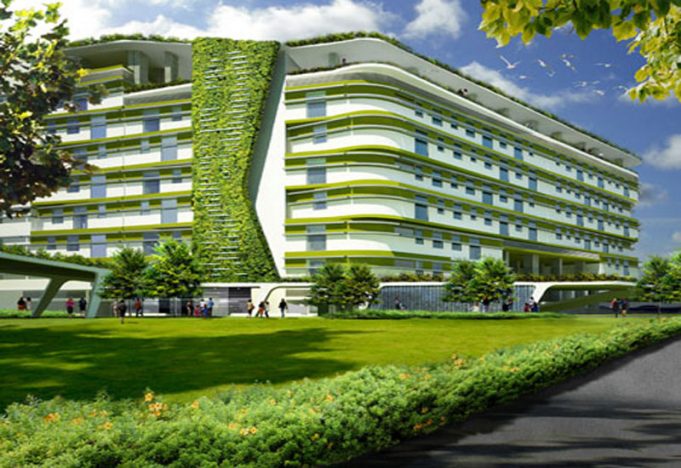There is a whole industry being built on sales of green building technologies and products, from paints that are free of harmful chemicals to the latest solar photo voltaic panels.
Going green is about more than developers, designers and contractors adding green gadgets to buildings. It takes a bigger picture perspective to realize genuinely sustainable structures, the kind that are durable, energy efficient and healthy places to work and live.
Lost in the current sales pitch for green products are three key goals of sustainability:
Keeping objects in use over time, an antidote to a throw-away culture
Not building in the first place (all building, even the net zero variety, creates harmful effects on the environment)
Being concerned with wider social goals such as providing decent housing for those who lack it
Questions about VOC (volatile organic compound) content in materials are important, but they are not the only questions, and certainly not the first responsible builders should be asking.
Check Boxes in LEED
Making green buildings by “adding things” is like boys with toys. Sustainable buildings are not created by increasing mechanical equipment or plugging in a plethora of green products. The point is not to tick off boxes in LEED or some other green rating system.
Architecture that is genuinely sustainable begins with a pre-design process that addresses understanding the culture of building occupants and identifies energy efficiency objectives. That process also ensures the wellbeing and health of occupants.
Only when these factors have been explored is it time to begin an integrated or collaborative design process, an essential part of any sustainable exercise.
Reduce and Reuse
Repurposing materials and buildings that already exist is an effective way to improve existing building stock and reach sustainable goals. With the vast proportion of buildings in North America having been built since WWII, there is much that can be done to improve energy efficiency and indoor air quality in structures that are already standing.
The best new building is one that may never be built. Fewer commercial office towers would need to be constructed if companies rationalized their use of space. Eliminating unnecessary desk space and encouraging mobile commuting are two ways to cut back on new building projects. It’s a strategy that is also good for the pocket book.
Remodelling older homes reduces the amount of materials that end up in landfills. Plus, existing building stock tends to be less expensive than new building, contributing to diversity of housing stock and a good demographic mix in communities.
Green with a Purpose
Appliances with Energy Star ratings and LED lighting systems are valuable additions to the green home, but the attainment of the holy grail of sustainability begins long before green gadgets are chosen to enhance the design intention.
Canadian manufacturer DIRTT – Doing It Right This Time – makes a virtue of materials and systems that can be reused over time. With tenant turnover in office space typically occurring on a five year basis, office interior partitions, cabinets and carpets that can be easily disassembled for moving and reuse are a good example of green with a purpose.
Green products are no substitute for good design. The most sustainable or enduring buildings are those that people love. Well-informed and inspired design, together with quality construction, result in architecture that will stand the test of time. Thoughtful selection of green products is a complement to this kind of building, not a starting point.


















